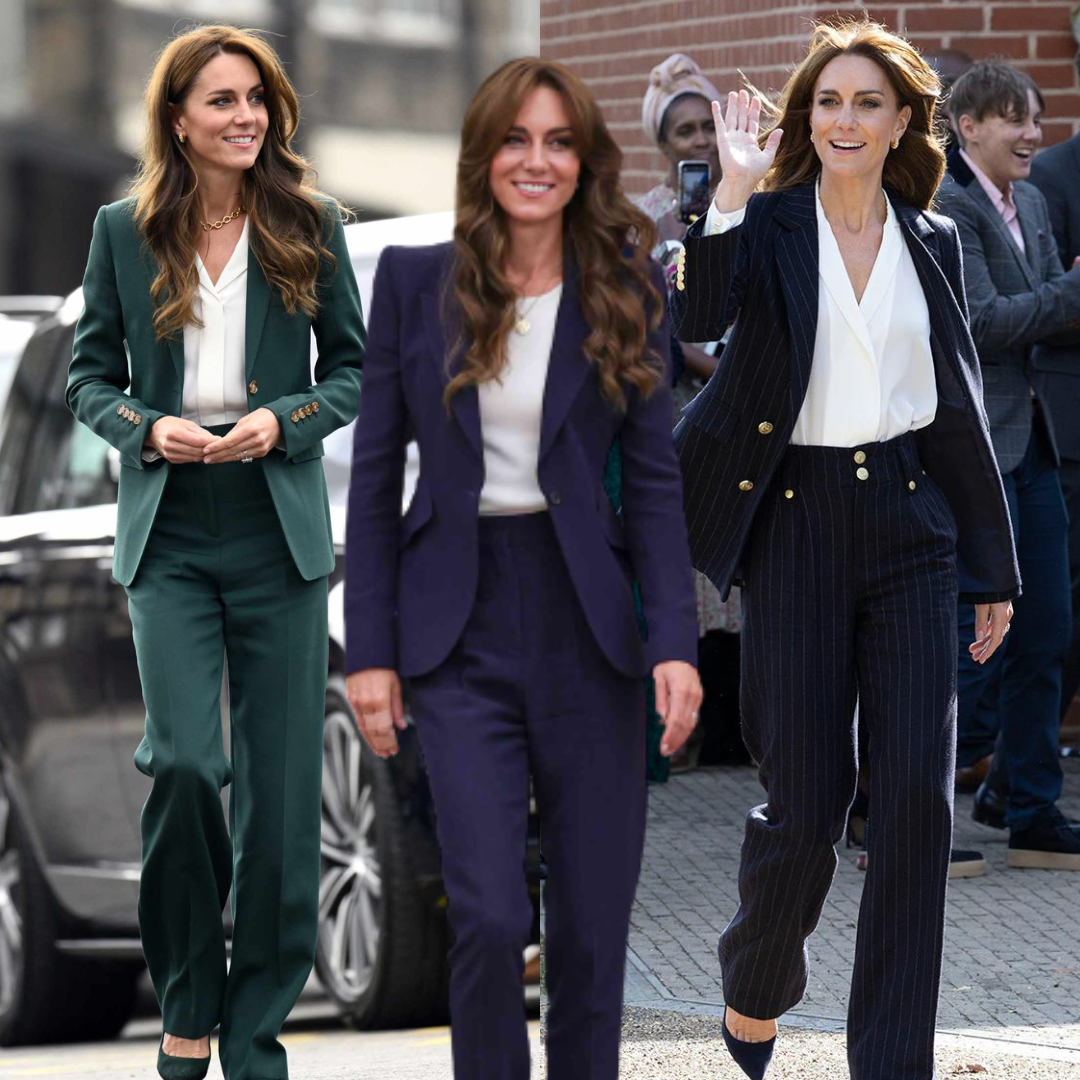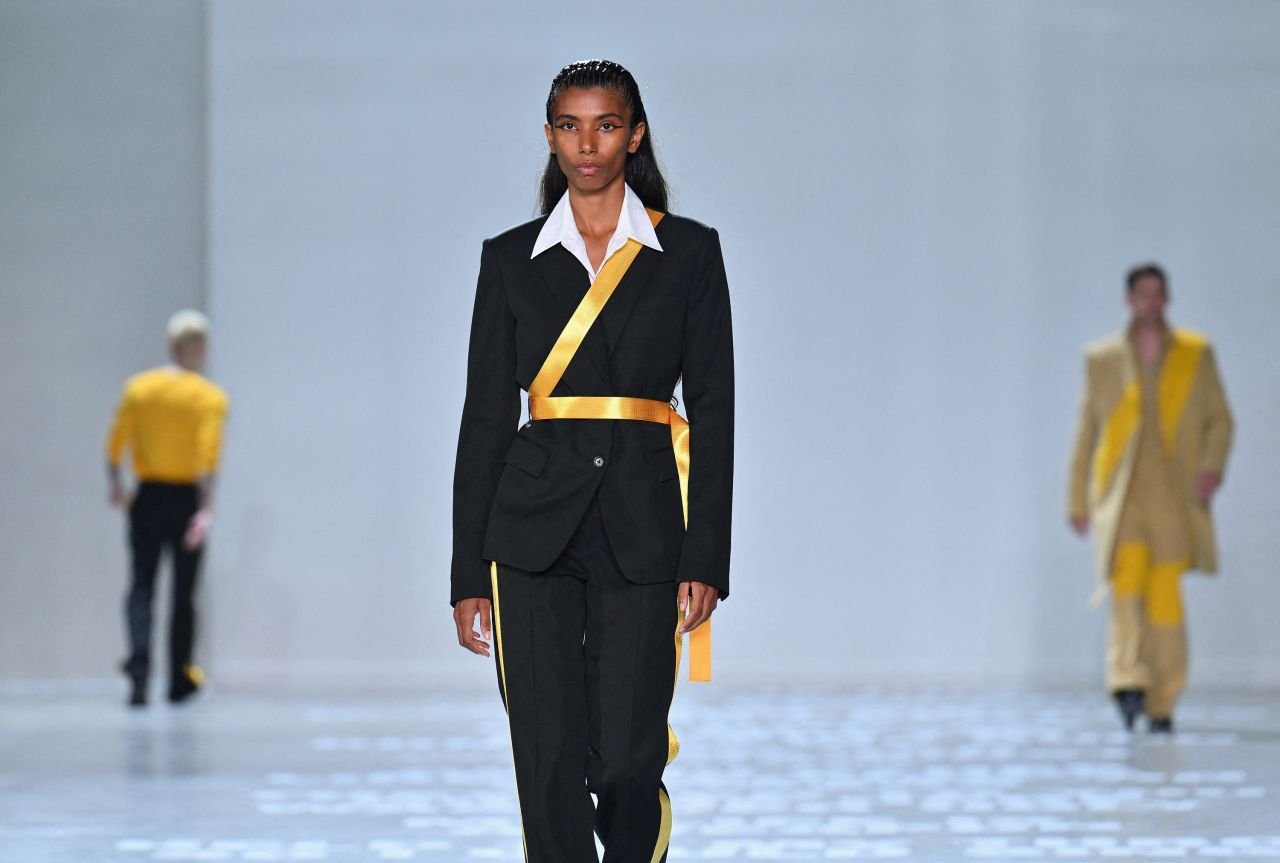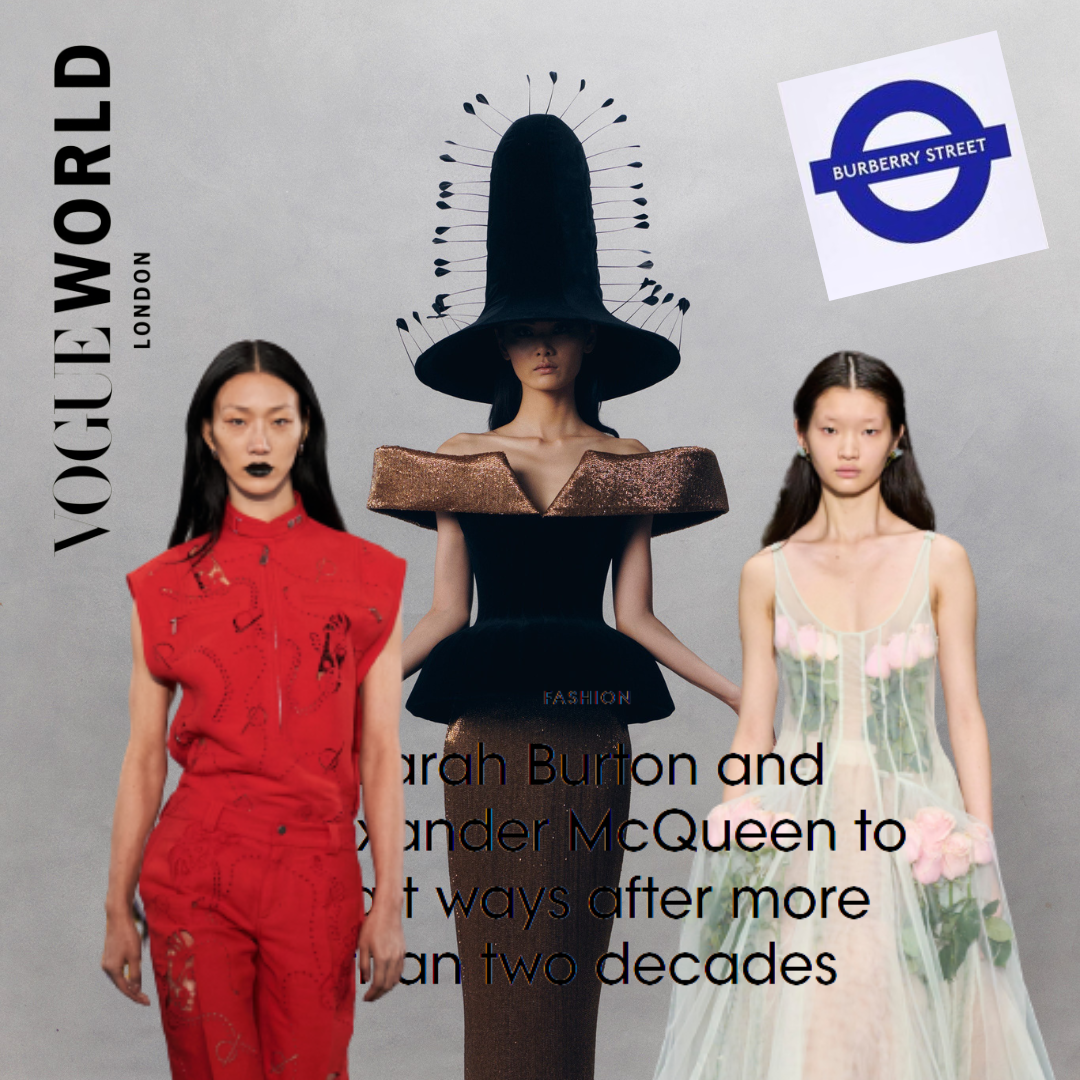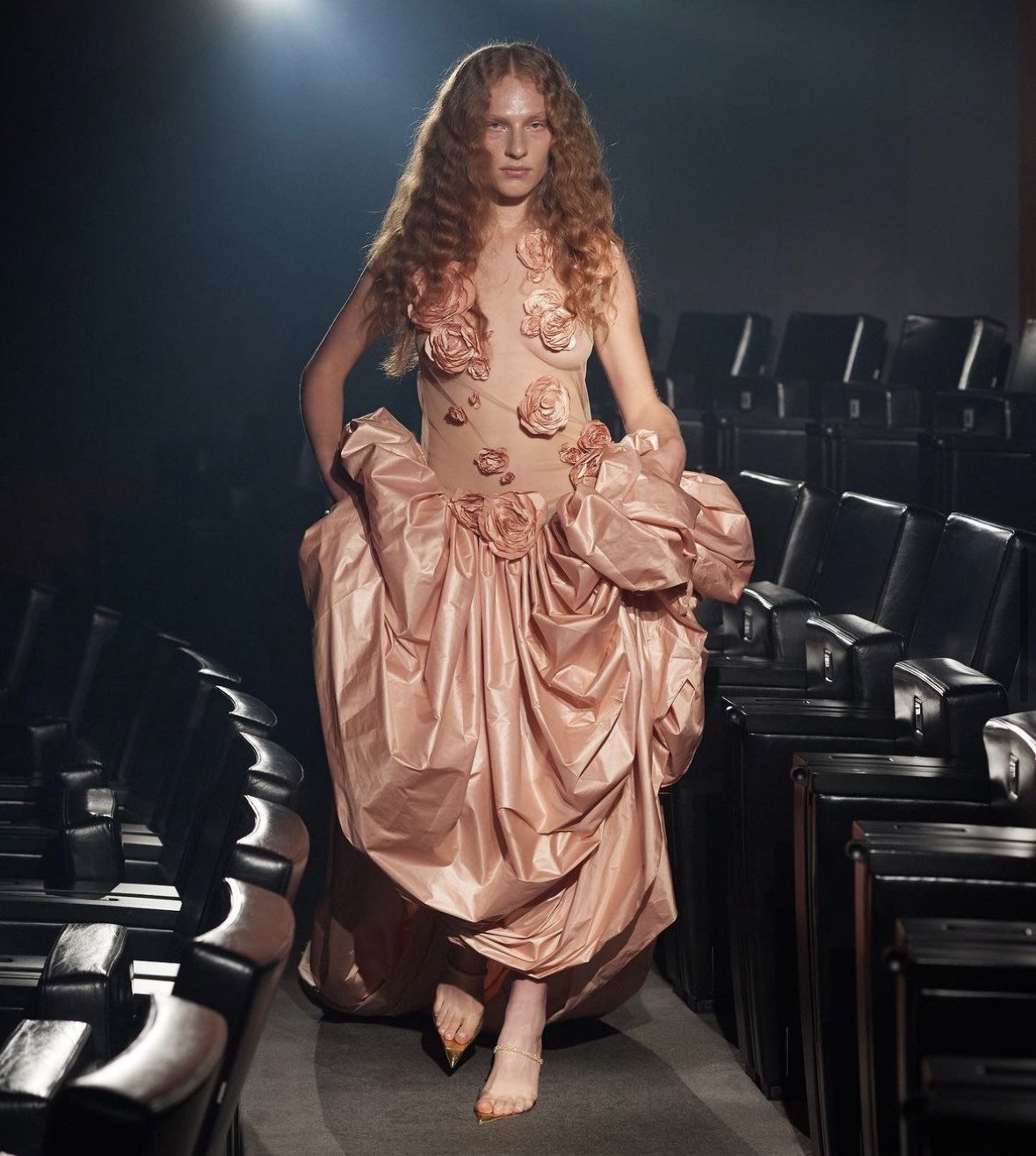The Fashion Plate
When researching historical fashions I often find myself looking at contemporary fashion plates, illustrations depicting popular fashions of the time. Traditionally these were made using line engraving and then coloured in by hand so as to reach the highest aesthetic value. I have always found these illustrations fascinating, they are so beautiful and the craftsmanship is exquisite, so in today’s article let’s have a look at the fashion plate and its history.
The Armada Portrait, 1588. Artist unknown.
Royal portraits have served a multitude of purposes throughout history. Take the Armada Portrait of Elizabeth 1 (dated 1588), showing the virgin Queen with her hand on a globe, her fingers strategically placed on the Americas alluding to England’s dominance of the seas and exploration of the New World. Behind her are two scenes of the glorious defeat of the Spanish Armada, reminding the viewer of the power of this monarch. This particular royal portrait serves to intimidate England’s enemies, while her fashion boasts of her immense wealth and her pearls indicate her virginity.
Chemise a la Reine portrait, 1783 Elisabeth Louise Vigée-Lebrun
The Chemise a la Reine portrait of Marie Antoinette (1783) ignited scandal when it was created. Showing the Queen wearing such informal clothing was outrageous, many believed she had been painted wearing her underwear. Nonetheless, the Chemise a la Reine gained great popularity in France and abroad, with many aristocratic English women also being painted wearing this garment. This portrait of Marie Antoinette brought around a change in fashion that would carry on into the Regency period. Royal portraits were also fashion plates, designed to offer visual cues on popular silhouettes, fabrics and embellishments of the time.
The Lady’s Magazine, August 1770
Fashion plates, as we recognise them now, first began circulating towards the end of the 18th century in England, with The Lady’s Magazine being one of the first distributors of fashion plates. It began being published in 1770, helping to spread fashion trends around Europe. As the new trend for fashion plates gained notoriety, La Galerie des Modes was created in France, a new fashion plate publication that encompassed over 400 prints, many of which can still be viewed online. As the years progressed as did technology and transportation increased drastically, allowing consumers access to new foreign fashions. As the middle class rose, a more fashion-conscious population grew, becoming faithful lovers of the fashion plate. The fashion plates were often so elaborate and beautiful that consumers would keep them and display them in their homes as pieces of art. This is also something I have done in 2020…!
Godey's Lady's Book, January 1837
A love for fashion plates continued into the 19th century. The introduction of new mechanised printing methods in the mid 19th century allowed for fashion plates to be produced at greater volume and as sales increased rapidly, so did the price. As has been the case for centuries, France was at the forefront of fashion and from the late 18th-century French fashion plates were being copied in Britain and by the 1860s almost all English magazines used imported fashion plates from France. With advancements in photography in the second half of the 19th century, the fashion plate slowly began to lose its popularity, with photographs offering a more realistic portrayal of the current popular fashions.
1909 fashion plate
Fashion plates are often used as primary source material in the study of historical dress, they offer an excellent insight into popular fashion and can be a great visual learning tool. However, it should be noted that fashion plates were high-end, aspirational ideals, much like a high-end fashion magazine today. While they do depict popular fashions, they are only showing the popular fashion of the higher middle and upper classes. The popular fashion of the lower classes is recorded more in photographs and contemporary descriptions. It may seem like we have left the fashion plate with the Victorians, and while yes, we have done in a literal sense, we still have fashion plates of sorts. Surely, runways, fashion magazines and even influencers are the modern-day equivalents?













